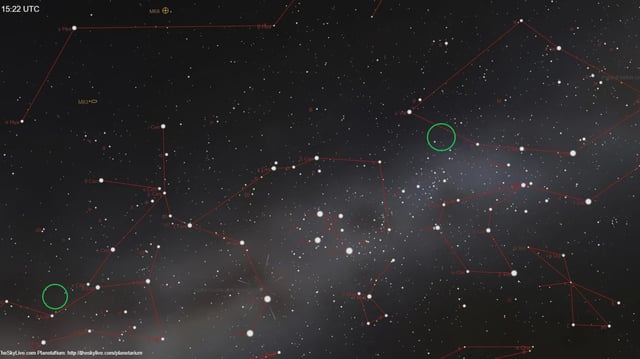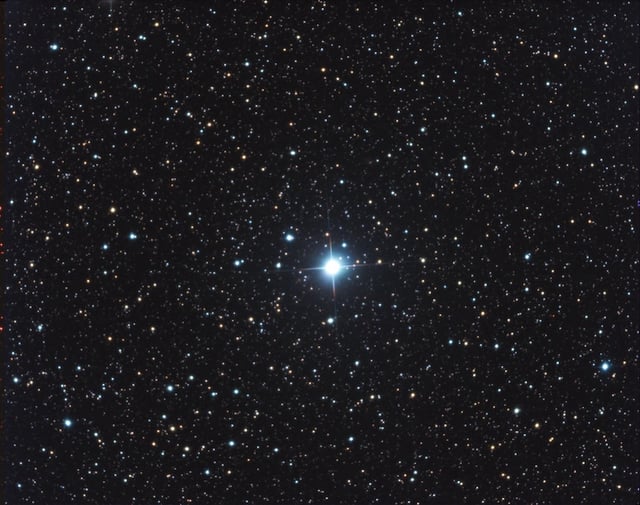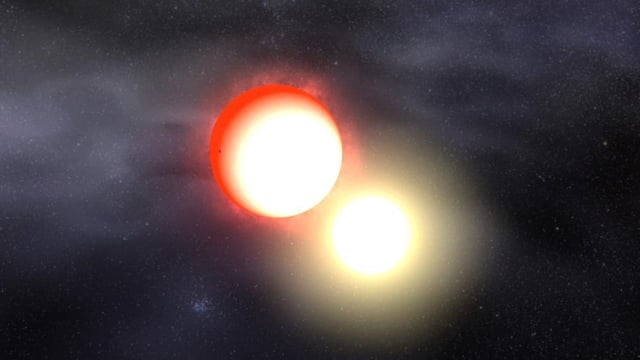Overview
- V462 Lupi and V572 Velorum are now near magnitude 5.9 and 5.8 respectively, keeping them just within the threshold of naked-eye visibility as they steadily fade.
- Astronomers warn that observers under dark southern skies have only a few nights left to glimpse both novae before they slip below the typical naked-eye limit of magnitude 6.0.
- V572 Velorum reached peak brightness at magnitude 4.8 on June 27 and has been confirmed by NASA’s Fermi Gamma-ray Space Telescope to emit high-energy gamma rays.
- This marks only the second recorded occurrence of two classical novae appearing simultaneously to the unaided eye, the first fleeting event having been noted in March 2018.
- Located in the Lupus and Vela constellations, the dual novae underscore the vital role of dark-sky observing and amateur contributions in tracking rare stellar eruptions.


